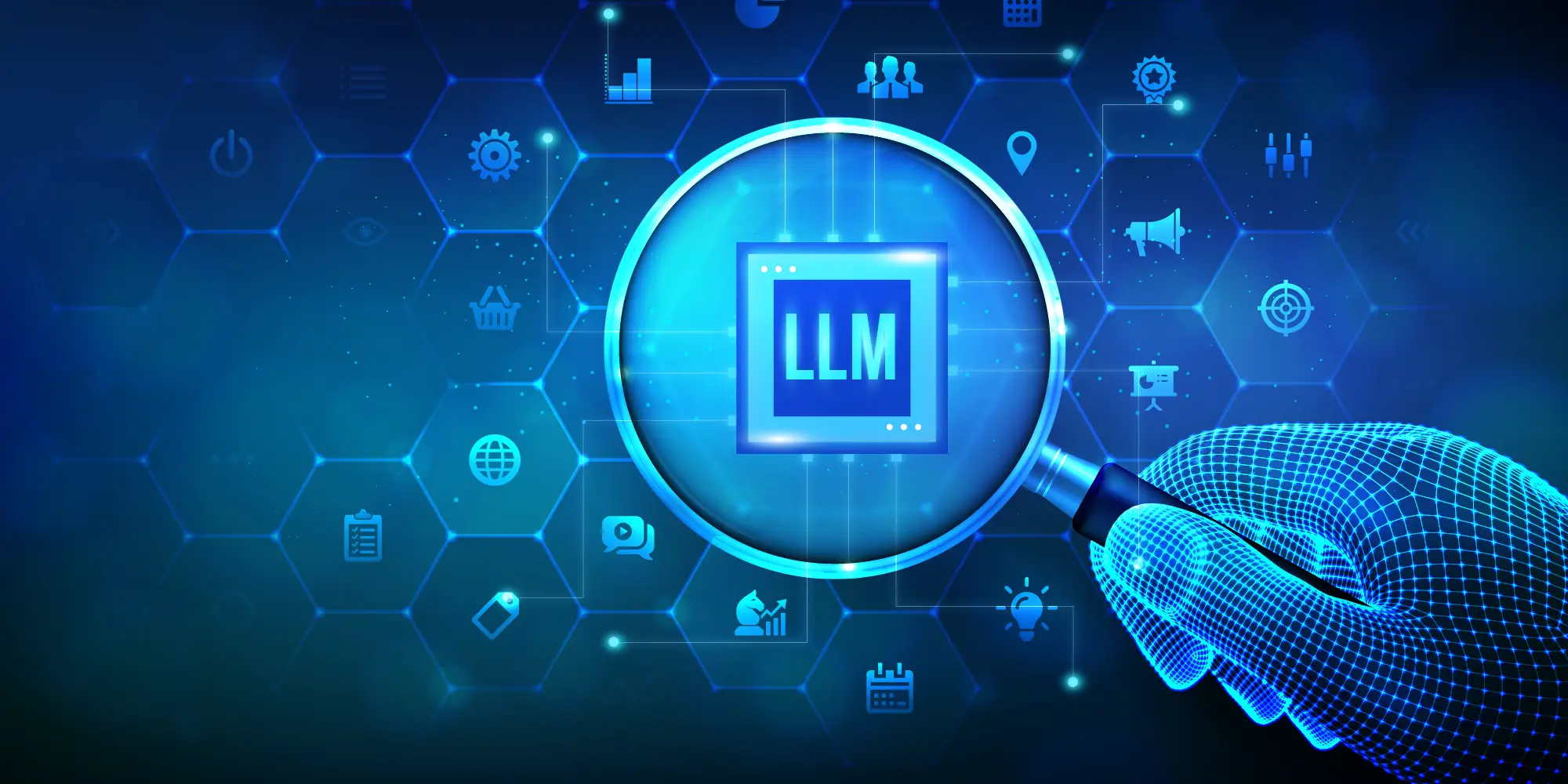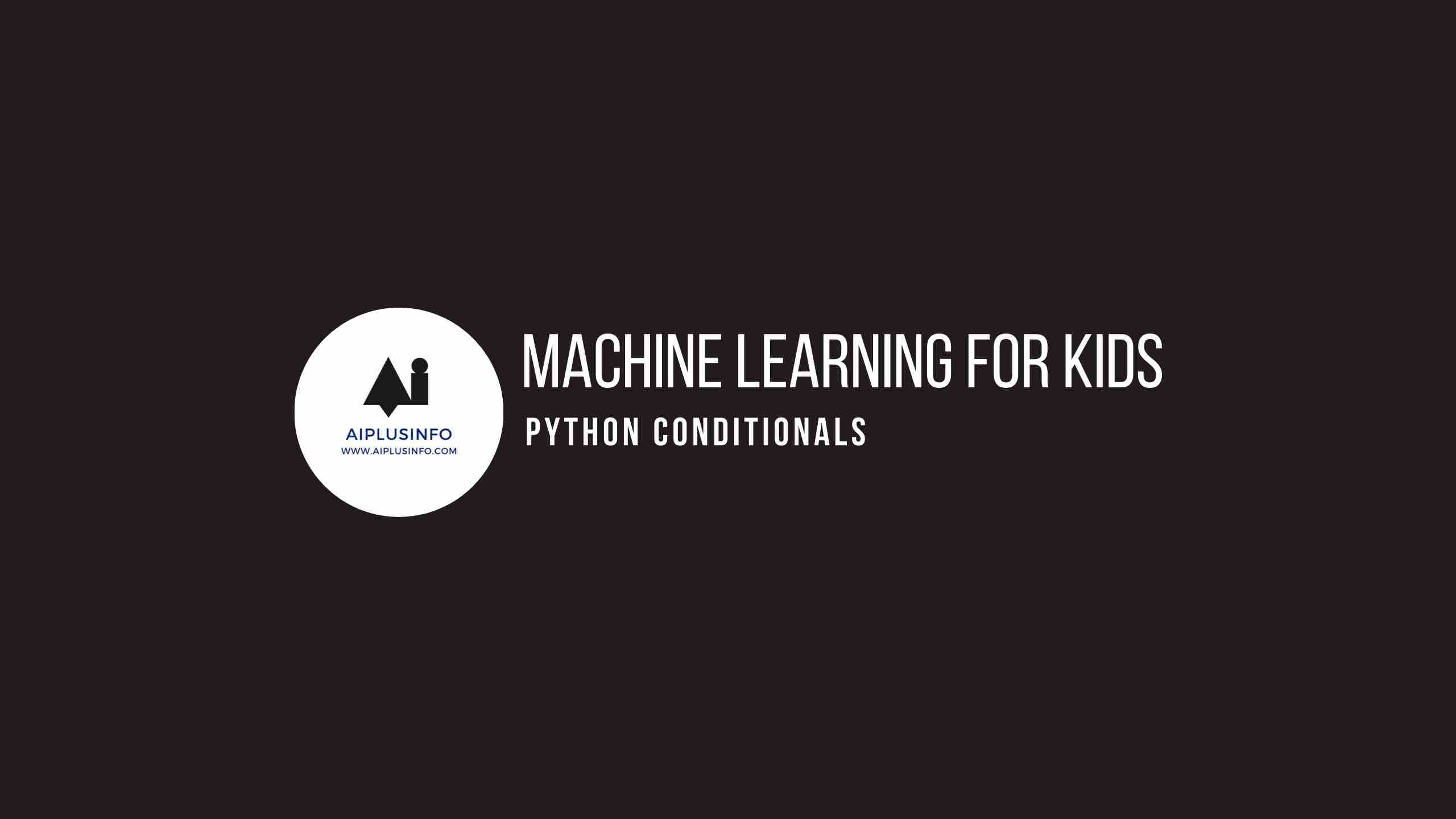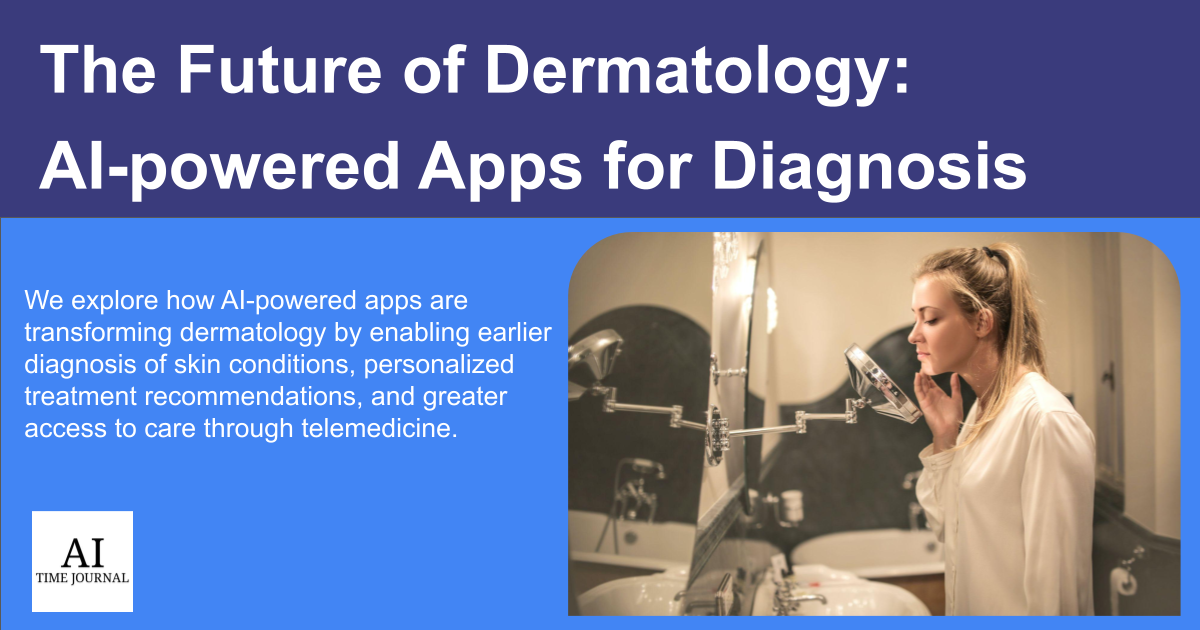Introduction
In a bustling customer service center, Agent Carter’s attention was interrupted by a new support ticket chime. Amidst the noise of phones and keyboards, he focused on the case details with precision. However, as he delved into the complaint, an unsettling familiarity overcame him—a vague echo from the past.
Agent Carter initiated a search through the archives to find a missing connection that could resolve the issue swiftly. Minutes turned to hours as he scoured the data, but the crucial piece eluded him.
Pressure mounted as time passed, and he realized there had to be a more efficient way to navigate this web of information. In the world of customer support, AI and Large Language Models (LLMs) offer a beacon of innovation. AI’s rapid data processing, combined with LLMs’ advanced understanding, can be invaluable partners for agents like Carter.
In this narrative, we’ll explore how these technologies can redefine Agent Carter’s role, enhance his support capabilities, and lead him out of uncertainty. Together, we’ll uncover the symbiotic relationship between human expertise and cutting-edge AI, offering more effective solutions.
Empowering Knowledge Management: The Fusion of Enterprise Search and LLMs
In today’s digital era, information is the backbone of every organization. Knowledge Management (KM) was developed to manage this vast knowledge pool. However, as the KM era unfolded, traditional approaches fell short over time. Enter Enterprise Search, a dynamic solution. When infused with LLMs, it can revolutionize the landscape of knowledge management—a transformation that resonates deeply with Agent Carter’s relentless pursuit of efficient customer service solutions.
Before We Dive In: Let’s Understand KM Program’s Gaps and Limitations
Knowledge Management promises streamlined access to information, efficient collaboration, and enhanced decision-making. However, several inherent gaps emerge time-to-time:
- Too Much Data: Organizations accumulate mountains of data, making it hard to locate relevant information promptly.
- Scattered Information: Information was often siloed across various platforms and repositories, making it tough to see the big picture.
- Misunderstood Queries: Traditional search systems struggled to comprehend user intent and context, leading to inaccurate results and frustrating experiences.
- Generic Results: Users received generic search results, regardless of their specific roles or preferences, reducing the relevance of the information retrieved.
- Collaboration Troubles: Collaborative efforts were hindered by the difficulty of sharing and accessing relevant information across teams and departments.
Amid these challenges, Enterprise Search brought a ray of hope. It aims to fix these problems with smart, unified searching, using advanced AI technologies like Large Language Models.
In the following sections, we will delve into how Enterprise Search changes how we access information and collaborate in Agent Carter’s complex knowledge world.
Enterprise Search: A Paradigm Shift
The rise of Enterprise Search marked a paradigm shift in addressing these gaps. It aimed to deliver a unified and intelligent search experience, allowing organizations to harness their knowledge repositories effectively. By integrating data from various sources, Enterprise Search offered a comprehensive view of information, streamlining processes and enhancing collaboration.
However, even as Enterprise Search paved the way for more efficient knowledge retrieval, the true transformation has come with the integration of LLMs. These sophisticated AI models can comprehend context, decipher user intent, and extract nuanced insights from vast volumes of data. Let’s dive deeper.
The Role of LLM in Enterprise Search
The advent of Large Language Models has injected a new dimension into the capabilities of Enterprise Search. LLMs are AI models that excel in understanding and generating human-like language, enabling them to comprehend context, intent, and nuances that traditional search algorithms struggled with.
Talking about the dynamic realm of knowledge management, these capabilities of LLMs strike directly at the heart of persistent knowledge gaps. The impact is profound, resonating across every facet of the search experience.
Bridging the Gap with Natural Language Querying: LLM-infused Enterprise Search not only eases the search process but acts as a bridge between user intent and results. Just as Agent Carter intuits the underlying issues behind customer queries, LLMs decipher natural language queries to deliver precise and relevant information. This bridging of user intent and content reduces the risk of information getting lost in translation.
- Filling the Semantic Gap with Contextual Understanding: One of the most significant challenges in knowledge management has been the semantic gap—the divide between user intent and search results. LLMs, with their contextual understanding, close this gap by deciphering the nuanced intent behind queries. Just as Agent Carter deciphers the context of customer issues, LLMs interpret queries accurately, leading to results that truly align with user needs.
- Personalization as a Remedy for Fragmented Knowledge: LLM-powered personalized results resonate deeply with the challenge of fragmented knowledge. Traditional search systems struggle to provide a cohesive overview due to data silos. LLMs, by analyzing user behaviors, preferences, and roles, curate results tailored to individual needs. This personalization mirrors Agent Carter’s approach, piecing together fragmented information into comprehensive solutions.
- Efficiency through Content Summarization: The gap between lengthy documents and time efficiency is bridged by LLMs’ content summarization. Just as Agent Carter’s efficient solutions save time, LLMs enable users to quickly grasp the essence of information without delving into extensive content. This efficiency narrows the gap between information retrieval and operational pace.
- Natural Language Querying: LLM-infused Enterprise Search allows users to pose queries using advanced natural language processing techniques, making the search process more intuitive and precise. Users can ask questions as if they were conversing with a colleague, reducing the need for complex syntax and keywords.
- Contextual Understanding: LLMs can understand the context of a query, deciphering the user’s intent even when the query is phrased ambiguously. This addresses the semantic gap that often leads to irrelevant results.
- Personalized Results: By analyzing user behavior and preferences, LLMs can tailor search results to individual needs. This personalization enhances the relevance of information retrieved and optimizes user experience.
- Content Summarization: LLMs can generate concise summaries of lengthy documents, enabling users to quickly grasp the essence of a piece of information without diving into extensive content.
- Multilingual Support: LLMs excel in multilingual understanding, allowing users to search for information in their preferred language without sacrificing accuracy.
In essence, the infusion of LLMs into Enterprise Search doesn’t just enhance the process; it bridges knowledge gaps, aligning user intent with results, comprehending context, offering personalized solutions, streamlining information absorption, and accommodating multilingual needs. Just as Agent Carter’s role involves breaking down barriers in customer communication, LLMs serve as an intelligent bridge, dismantling obstacles to effective knowledge management.
Leveraging LLMs to Bridge Knowledge Gaps and Boost Productivity
The infusion of LLMs into Enterprise Search helped Agent Carter to effectively address the gaps left behind by the Knowledge Management era:
- Detects Intent for Curbing Information Overload: LLMs help filter through vast amounts of data, presenting users with the most relevant information based on context and intent. This significantly reduces the time spent on information retrieval.
- Unifies Fragmented Data for Comprehensive Understanding: LLM-infused Enterprise Search connects disparate data sources, creating a centralized hub that offers a holistic view of information. This promotes informed decision-making and comprehensive insights.
- Closes the Semantic Gap: LLMs’ contextual understanding ensures that search results match the user’s intent, minimizing irrelevant or inaccurate information.
- Adding A Layer of Personalization: Personalized results delivered by LLMs enhance user satisfaction, as they receive information tailored to their roles and preferences.
- Breaks Boundaries and Fosters Seamless Collaboration: LLM-infused Enterprise Search enables seamless collaboration by facilitating the sharing of relevant information across teams, departments, and even language barriers.
The Future of LLM-Infused Enterprise Search
As LLM technology continues to evolve, the capabilities of Enterprise Search are poised to become even more sophisticated. Advancements in machine learning will refine the accuracy of contextual understanding, leading to more precise search results. Furthermore, the integration of LLMs with other emerging technologies such as augmented reality and virtual reality could open up new dimensions of interaction and information retrieval.
Conclusion
The Knowledge Management era left behind significant gaps that hindered efficient information retrieval and collaboration. A unified cognitive platform that boasts a suite of AI-powered products, along with cognitive search, fueled by Artificial Intelligence, Machine Learning, and Large Language Models, is a potent solution to these challenges.
With natural language querying, contextual understanding, personalized results, and the ability to bridge language barriers, SearchUnify’s LLM-infused Enterprise Search is bridging the gaps and paving the way for a more connected and knowledgeable future. As technology continues to advance, the synergy between LLMs and Enterprise Search holds the potential to reshape the landscape of knowledge management and revolutionize the way organizations harness their collective intelligence.



